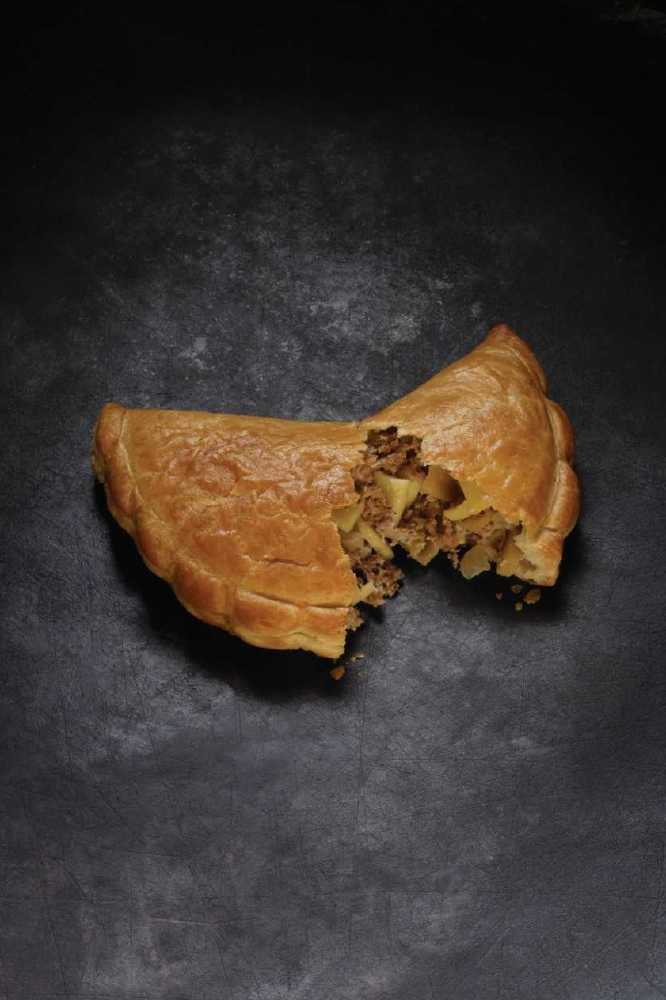Cornish Pasty Week, 25 February – 4 March, 2018

You can't beat a Cornish pasty
- The pasty is thought to have been part of Britain’s diet since the 13th Century - back then, it was favoured by the wealthy upper classes and royalty.
- The original pasties would have rich and lavish fillings such as venison, beef, lamb and seafood.
- It was the Cornish tin mining industry in the 19th Century that really catapulted the Cornish pasty to fame and made it an integral part of Cornish family life. Adults and children alike took pasties down the mines for a mid-morning snack.
- The distinctive D shape came about because the miners used the crust as a handle to prevent contaminating the food.
- The traditional recipe for this Cornish pasty is beef with onion, potato and swede, which cook together to create a delicious, rich gravy. Nothing is cooked before going into the pastry.
- The Cornish Pasty Association achieved Protected Geographic Indication (PGI) status for the Cornish Pasty, which means that in order to call a pasty a Cornish Pasty it has to be made in Cornwall to an approved recipe.
- Ginsters Original Cornish Pasty has PGI status (Protected Geographic Indication), which means it is made in Cornwall and from a Cornish pasty recipe.
- The saying ‘oggie, oggie, oggie’ has its roots in the Cornish tin mines as the word oggie from Hoggan, the Cornish word for pasty. Some mines had stoves to warm up the pasties, and Hoggan was shouted down the mine when they were ready for eating. In reply the miners would shout ‘oi, oi, oi!’
- The pasty is so celebrated in Cornwall that the Cornish rugby team suspends a giant pasty above the bar if they are playing in an important game.
- You don’t have to be in Cornwall to enjoy a pasty! Ginsters is the most popular pasty brand in the UK and sells 800,000 pasties a week.The Ginsters traditional Cornish Pasty is sold chilled in the supermarkets – RRP £1.70
https://www.ginsters.co.uk/

